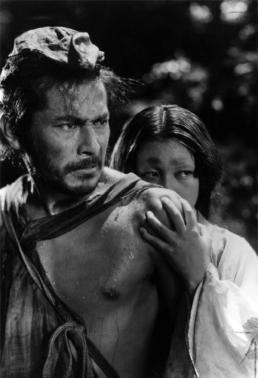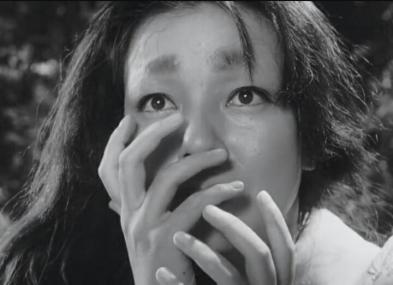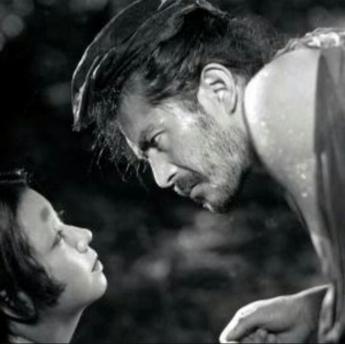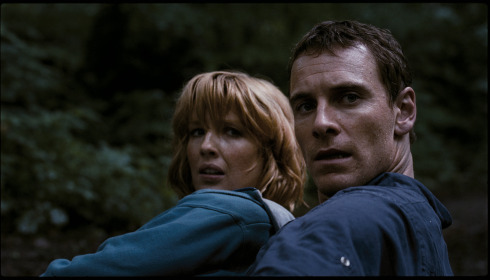Rashomon is a 1950 film directed by Akira Kurosawa and cinematographer Kazuo Miyagawa. The film, since the time of its release has been analysed countless times and yet left people baffled. The film has also been noted for its symbolic use of light, music and editing.

One of the main reasons that made this film stand out from its contemporaries is because of its narrative structure, in most films of that age, the audience would always be “all knowing” wherein, the characters might lie to each other but not the audience. Whereas in this film, the viewers are being lied to, everything that we see on screen may or may not have happened and thereby the truth is never revealed to us. The film, does not take sides and therefore, none of the characters are necessarily lying and in conclusion nobody is wrong.
The film, Rashomon is about a rape that is narrated by four different people, three of whom are directly involved in the incident and one person (the woodcutter) who just happens to chance upon this in the forest but has no direct involvement in its happenings. The three people are a husband, wife and a bandit. The wife who is the only woman in the movie, is also the only representative of her entire sex and the men are all seen as separate individuals who make their own choices and have separate stories to recount that involve her. Although the entire film revolves around incidents that surround a rape, the emotional or psychological impact of it is however not considered. The woman in the story seems to exist in order to reinforce the existing paradigms in sexual relations in the society.
The woman although the victim of rape is blamed by the bandit (the rapist) who says that if she had not crossed his path in the woods and had her veil not been revealed, he wouldn’t have killed her husband. The woodcutter also blames the woman for the death of her husband saying that if she had not spoken, the two men would have never fought. The narration of the bandit and the woodcutter almost gets to the point of justifying the blaming of the victim by the society.
In the film, the rape is seen in three different ways, In the first perspective, it is seen as the impetus for the death of the husband because the Bandit says that the only reason he had to kill the husband was because he desired to own his wife. 
The second perspective is where the rape is seen as an expression of the bandit’s love. The bandit, who is a vile and remorseless man feels lustful of the wife and thinks of raping her as the only way of expressing his feelings. In the third perspective the rape is seen as a crime against the husband’s honour because in the wife’s recounting of the incident, her husband kills himself because of the shame and revolt he felt for her after she was raped by the bandit. 
The film, Rashomon raises questions about truth and its objectivity. It was certainly innovative film which was the first of its kind that made people question and wonder beyond what was visible and audible to them. Kurosawa writes in his autobiography, “Human beings are unable to be honest with themselves about themselves. They cannot talk about themselves without embellishing.” And ultimately this is what the film gives away, a questioning of what the absolute truth is.
Watch the film online: http://www.dailymotion.com/video/x37rf7a
Advertisements Share this:




